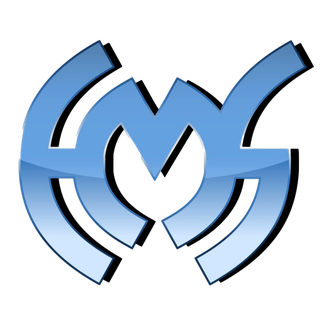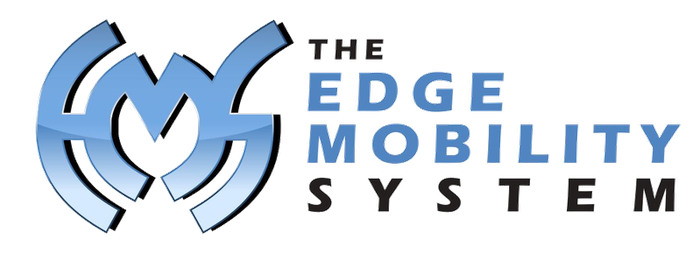What is an AIGS?
An AIGS is a location on a peripheral nerve that becomes a "rogue pacemaker," firing pain signals on its own without a new injury or stimulus. It's a key reason why pain can persist and feel so confusing.
Spontaneous Pain
Generates pain "out of the blue."
Lowered Threshold
Triggered by non-painful things like touch or movement.
Spreading Symptoms
Can cause inflammation and sensitivity to spread.
How a Nerve "Goes Rogue": The Pathophysiology
The Accelerators
(Sodium Channels)
Too many "Go" signals build up after injury, making the nerve easy to fire.
The Brakes
(Potassium Channels)
The nerve loses its "Stop" signals, making it hard to calm down.
Result: A Hyperexcitable Nerve Segment Prone to Firing.
Clinical Clues: Spotting AIGS in Your Patients
Common Presentations
-
🧠Chronic Radiculopathy: Radiating pain without active compression.
-
🦾Chronic Tendinopathy: Pain persists despite load management due to nerve ingrowth.
-
🔥CRPS: Spontaneous burning, extreme sensitivity, and spreading symptoms.
-
🩹Post-Surgical Pain: Pain that persists long after surgical healing.
Assessment Findings
-
🗣️Subjective: Reports of "burning, electric, shooting" pain.
-
💨Allodynia: Pain from stimuli that shouldn't be painful (e.g., light touch, clothing).
-
📈Hyperalgesia: An exaggerated pain response to a painful stimulus.
-
🤸Neurodynamics: Positive tests (SLR, ULNT) that reproduce the patient's specific pain.
Calming the Nerve: The PT Management Toolkit
Pain Neuroscience Education
Explain the "over-protective alarm system" to reduce threat and fear.
Neurodynamic Mobilizations
Use gentle sliders and tensioners to improve nerve health and movement.
Graded Exposure
Systematically re-introduce textures and pressures to desensitize the area.
Aerobic Exercise & Manual Therapy
Use global exercise for central effects and hands-on therapy to improve the local mechanical environment.



